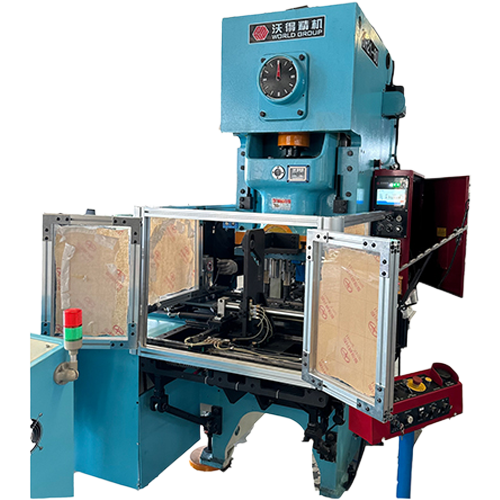Canning mold design principles for canning equipment
Vacuum forming machine seals have been used in many fields due to the application of different molds. Coupled with the progress of mold manufacturing technology in recent years, this field has undergone a degree of change and development. The general principles of vacuum forming mold design are summarized as follows:
1. Shrinkage deformation. Plastic shrinkage (such as PE) and plastic deformation of certain workpieces. In any case, it is necessary to prevent the plastic parts from deforming during the cooling stage. At this point the mould shape should be adjusted to accommodate the geometric deviation of the plastic part. For example, when the wall surface of the plastic part remains straight but the reference center is offset by 10 mm, the mold base can be raised to correct shrinkage deformation. Filling equipment
2. Shrinkage rate. The following shrinkage factors must be considered when manufacturing plastic molds: Forming shrinkage. If the plastic shrinkage rate cannot be clearly known, the mold shape must be obtained through sampling or similar experiments. Note: The shrinkage obtained by this method is the undeformed size. Intermediary media that affect shrinkage, such as ceramics and silicone rubber. The mold material shrinks, such as the shrinkage of cast aluminum.
Can sealing machine 3. Dimensional stability. During the molding process, the dimensional stability of the contact surface between the plastic part and the mold is better than that of the mold part. If the wall thickness is changed later due to material rigidity requirements, the male and female mold fit will fail. The dimensional tolerances of non-plastic components need to be less than 10% shrinkage. Injection molding equipment
4. The plastic surface forms the material coating range. The surface structure of the plastic part needs to meet the contact requirements with the mold, so that the contact surface between the plastic part and the mold surface is as smooth as possible. Not all female molds are used to make bathtubs or sinks.
5. Modification: If the plastic parts are sawn, when used in the horizontal direction of the machine, the height direction must retain an edge of at least 6~8mm. When choosing another processing method (such as grinding, laser cutting or jetting), the allowance must be reserved. The gap between the small edge cutting line and the distributed width trimming punch is extremely small and requires special attention.
In Experiment 6, mass production and mold manufacturing may employ wood or resin molds. However, if data on product mold shrinkage, dimensional stability and cycle time need to be obtained, single-cavity molds should be used for experiments to ensure their applicability under production conditions. Usually gypsum molds are made of copper, aluminum or aluminum alloy steel, and aluminum resin is rarely used.
7. The geometric design of the sealing machine needs to take into account both dimensional stability and surface quality. For example, when product design requires dimensional stability, a die (die) must be used, but if a high surface finish is required, a punch (stamping) must be used. Therefore, the arrangement of plastic parts requires comprehensive consideration of these two factors to enable the product to be produced under conditions.
Recommended Products


 EN
EN
 中文简体
中文简体 English
English













